In March 2020, under the guidance of architect Lu Yun, MUDA-Architects embarked on a transformative project for Pengzhou City, designing the Tianfu Museum of Chinese Medicine. Situated in the northern transportation hub of Chengdu, Pengzhou is rich in medicinal herbs and hosts over 90 pharmaceutical companies. This city is the largest ligusticum striatum (flowering plant) production base in China. In 2019, in line with the national strategy to revitalize traditional Chinese medicine, the Tianfu Traditional Chinese Medicine City was established within the Pengzhou Industrial Park, aiming to become a central hub for TCM.
MUDA-Architects intended to combine architecture and nature, city life, and traditional culture while referring to Chinese philosophy and modern aesthetics. The museum aims to serve as an example of this synergy, providing the city of Pengzhou with a new landmark that combines tradition and contemporary, contributing to the cultural and architectural environment of the city.
Location and Structure
Covering an area of 13,000 square meters, the Tianfu Museum of Chinese Medicine is centrally located in TCM City, near Huitong Lake to the east and the third ring road to the west. Leveraging its strategic location, the museum aims to serve as a cultural and ecological emblem for the region, promoting and rejuvenating traditional Chinese medicine knowledge. It aligns with the broader development goals of the Park City.
TCM has a deep-rooted history and a logical and systematic framework entrenched in the doctrine of ‘unity of nature and humanity.’ This principle believes that people and nature are linked by the complementary nature of the ‘Yin’ and ‘Yang’ forces, which are mutually antagonistic but totally interconnected. Balance and harmony are some of the principles observed in practice by TCM.
Architectural Elements
Based on such an approach to ancient Chinese philosophy, MUDA-Architects have implemented the idea of the unity and inclusiveness of opposites in the museum’s design. The overarching principle of Yin-Yang’s inclusiveness can be captured in the way that structure and empty zone are alternated and combined, which would generate an optimized fusion between artificial and natural environments. The circular walkway around the museum’s main structure and the sculpture of the surrounding water area refer to the Taiji form; the substantial structures refer to earth (Yin), and the empty landscapes, water (Yang) to show balance.
Tianfu Museum of Chinese Medicine’s main entrance is on the west façade and is linked with the city through a green area — the plaza. Two prominently curved sections of open perforated aluminum form the entrance where they contribute to the character of the urban city and reduce energy consumption by shielding against the western sun. A double-curved glass curtain wall on the east elevation has a view of the lake and, hence, dissolves the blend of architecture and nature.
Interior Design Features
Tianfu Museum of Chinese Medicine is 22.4 meters tall and comprises three above-ground floors and one underground floor. On the ground floor, there is the entrance hall, the hall with the lecture hall, the interactive area, and a café. The primary display areas are on the second and third floors, featuring TCM exhibitions, science and technology displays, and TCM workshops. A commercial and utility car park with visibility to the underground level and an interactive, open sunken plaza offers various recreational facilities.
In the museum, a multi-level curved platform in the three-story entrance hall helps to develop various possibilities for spectacular exhibitions. Skylights and transparent glass curtain walls bring natural light together with the landscape, while the interior spaces can be viewed from different perspectives at different floor levels. Ensuing architectural ideas form continuous arabesques continuing into the interior; the space is dynamic, though evenly balanced – that is the Yin in Yang.
Landscape Design
The landscape design of the museum acts as the focal point; the architectural body, the undulating landscape areas, water islands, the waterscape, and the public plaza constitute a Taiji diagram in motion. This design uses Yin and Yang transforming chaos into deliberate order. The green space and curved water body continue to rotate around the main structure, integrating natural laws and life’s fundamentals, providing harmony of heaven, earth, and humanity.
Tianfu Museum of Chinese Medicine is not only a structure; it is also the epitome of unity between nature and people, a connection between history and novelty, and a perfect venue for developing and promoting traditional Chinese medicine.
Project Info
Name: Tianfu Museum of Traditional Chinese Medicine
Project Location: Pengzhou, Chengdu, China
Project Size: 13,245 square meters
Design Firm: MUDA-Architects
Principal Architects: Lu Yun
Design Team: He Fan, Xu Jiandan, Li Hao, Li Aidong, Fu Yao, Rong Dian, Liu Bin, Lv Chenyu, Zhan Ziqi, Cheng Shiyun
Client: Pengzhou Planning and Natural Resources Bureau, Chengdu Mengjiang Investment Group Corp. Ltd
Curtain Wall Design Consultant: Ji Li Creative Curtain Wall
Structural Design Consultant: iStructure
Building Construction Drawing: China Southwest Architectural Design and Research Institute Corp. Ltd
Photography: Archi-Translator, Arch-Exist

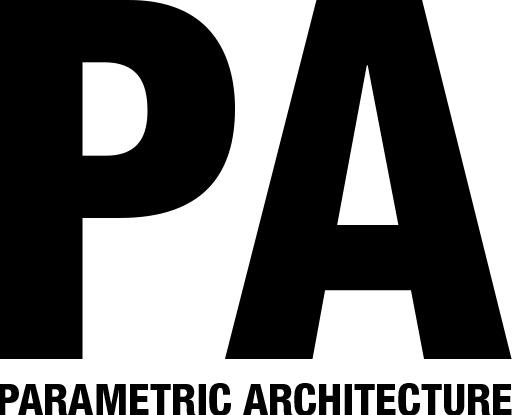

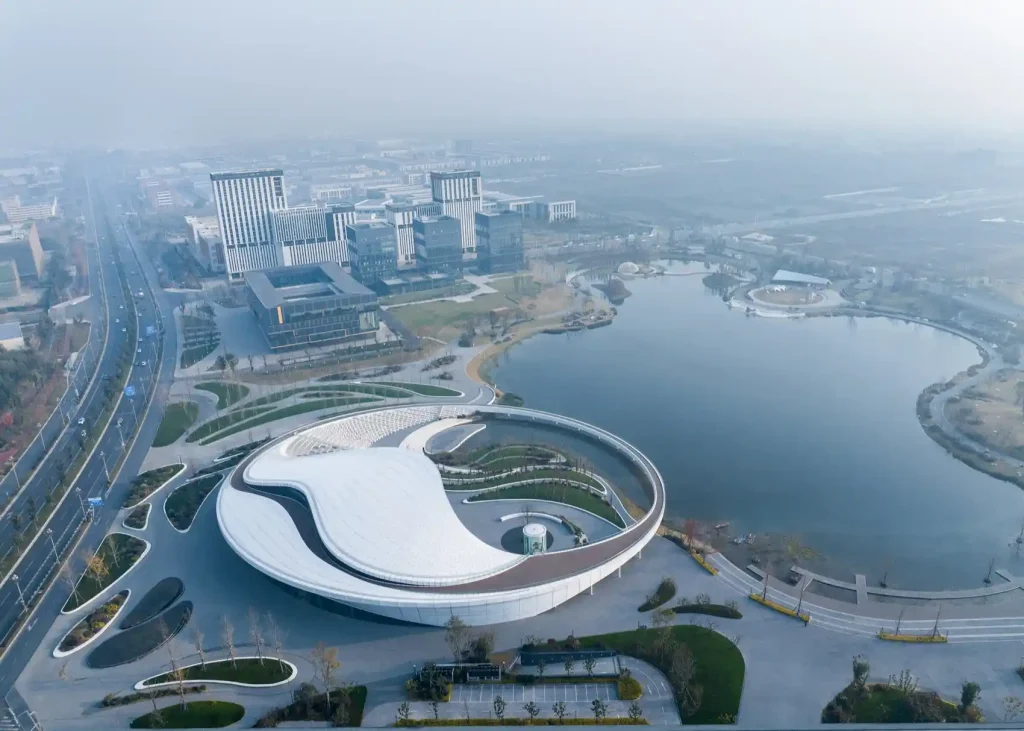

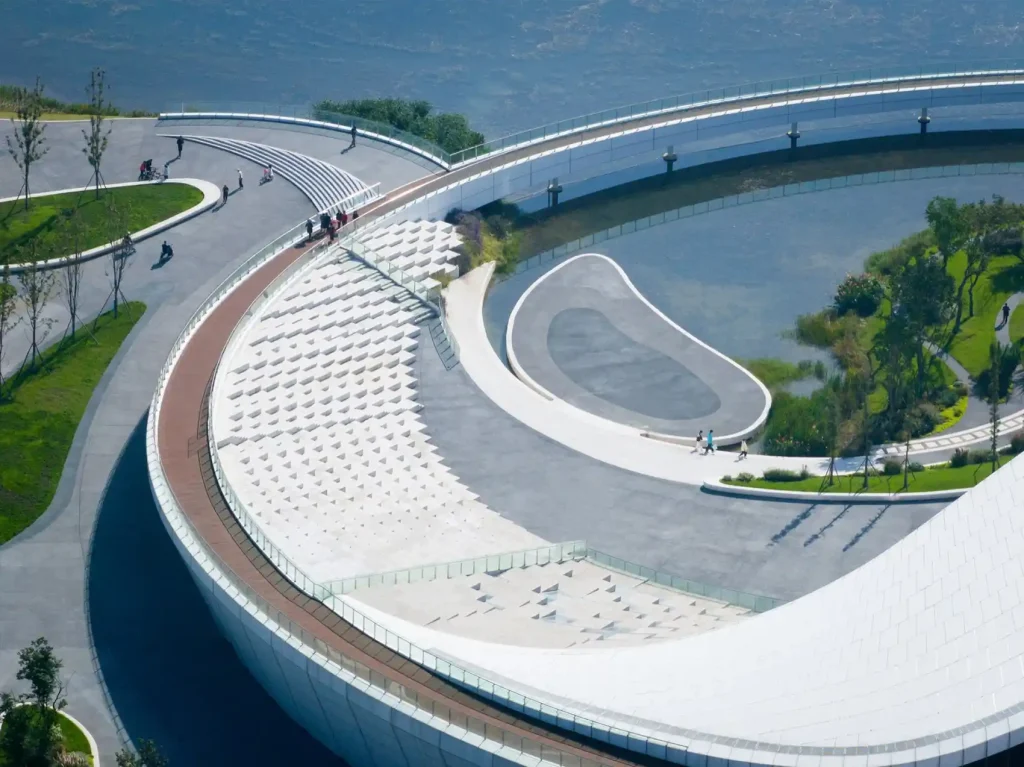
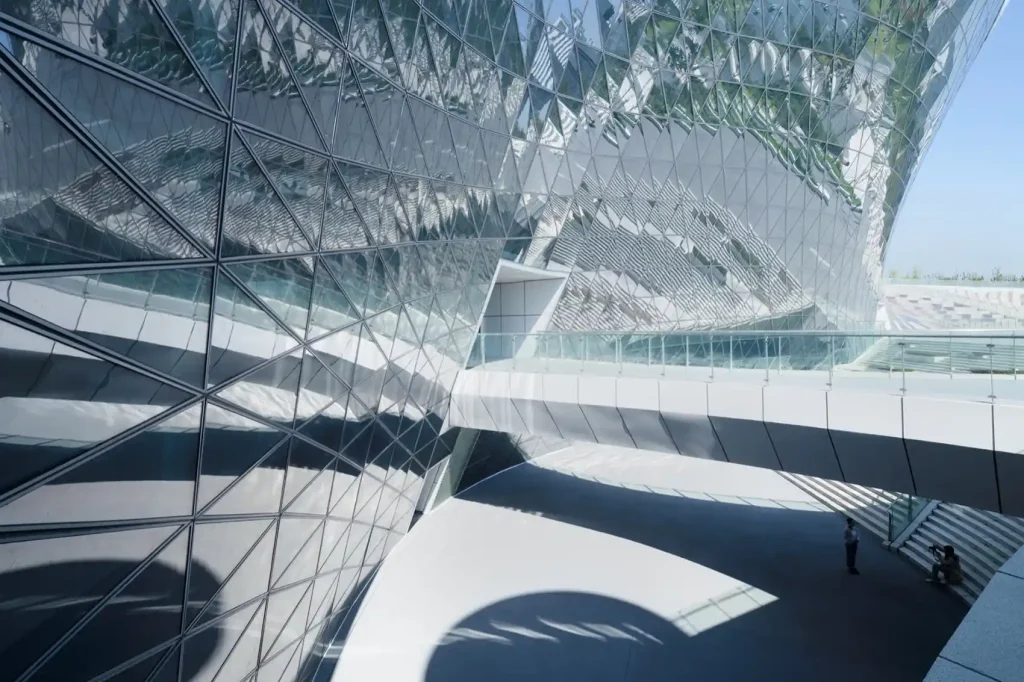
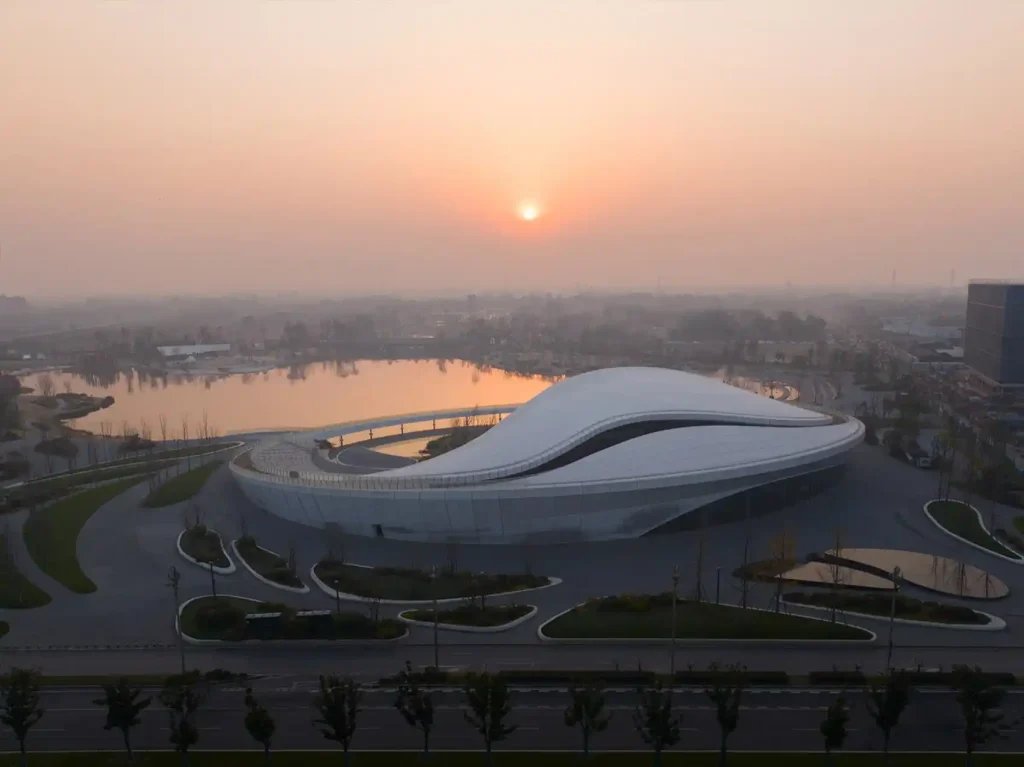
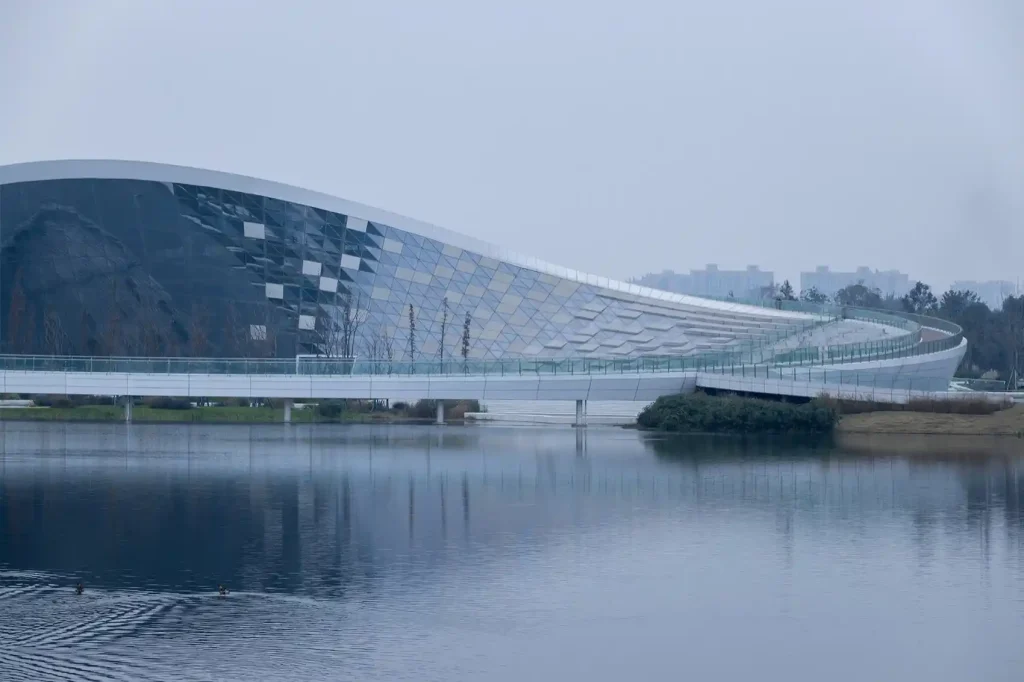

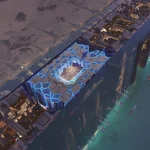

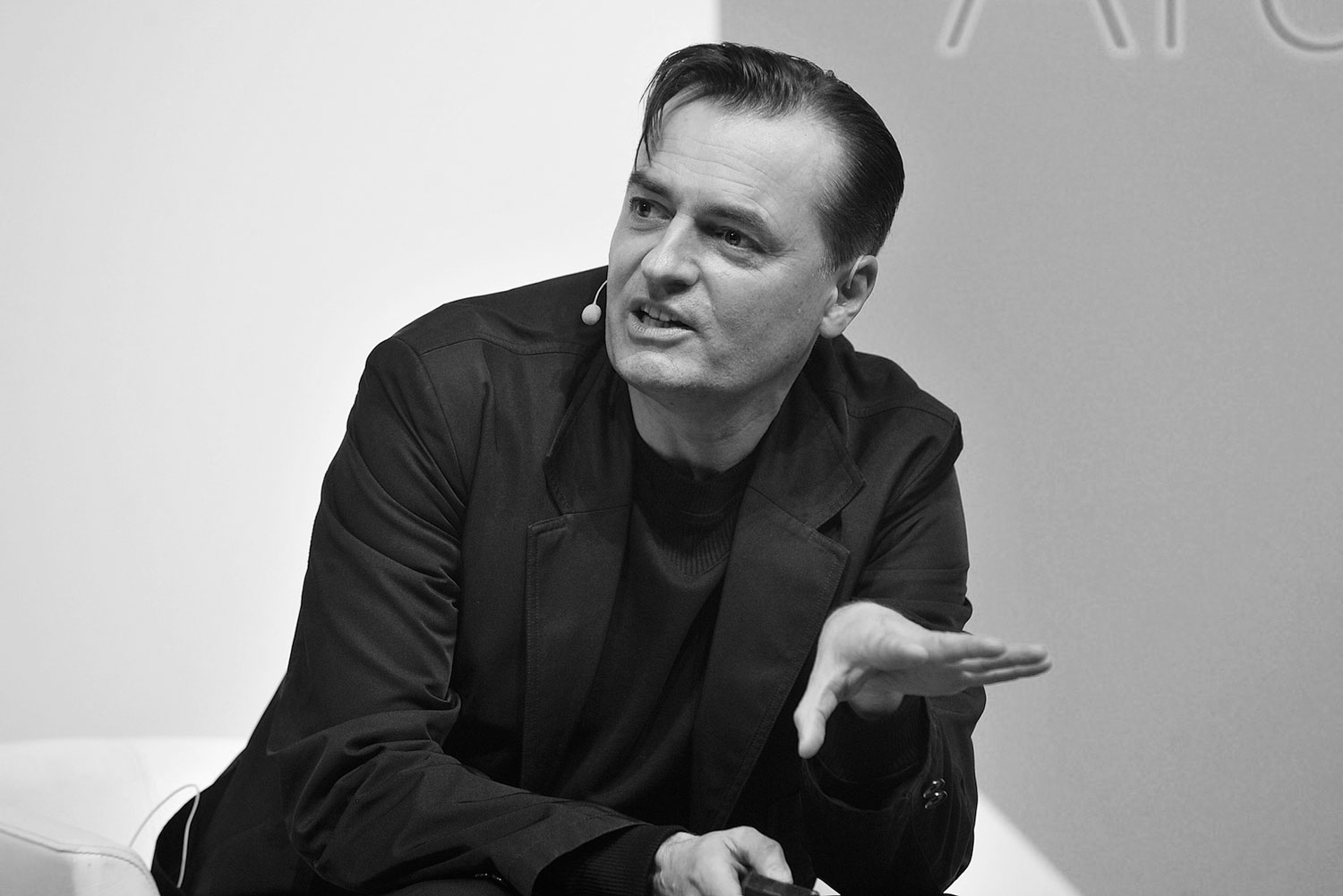
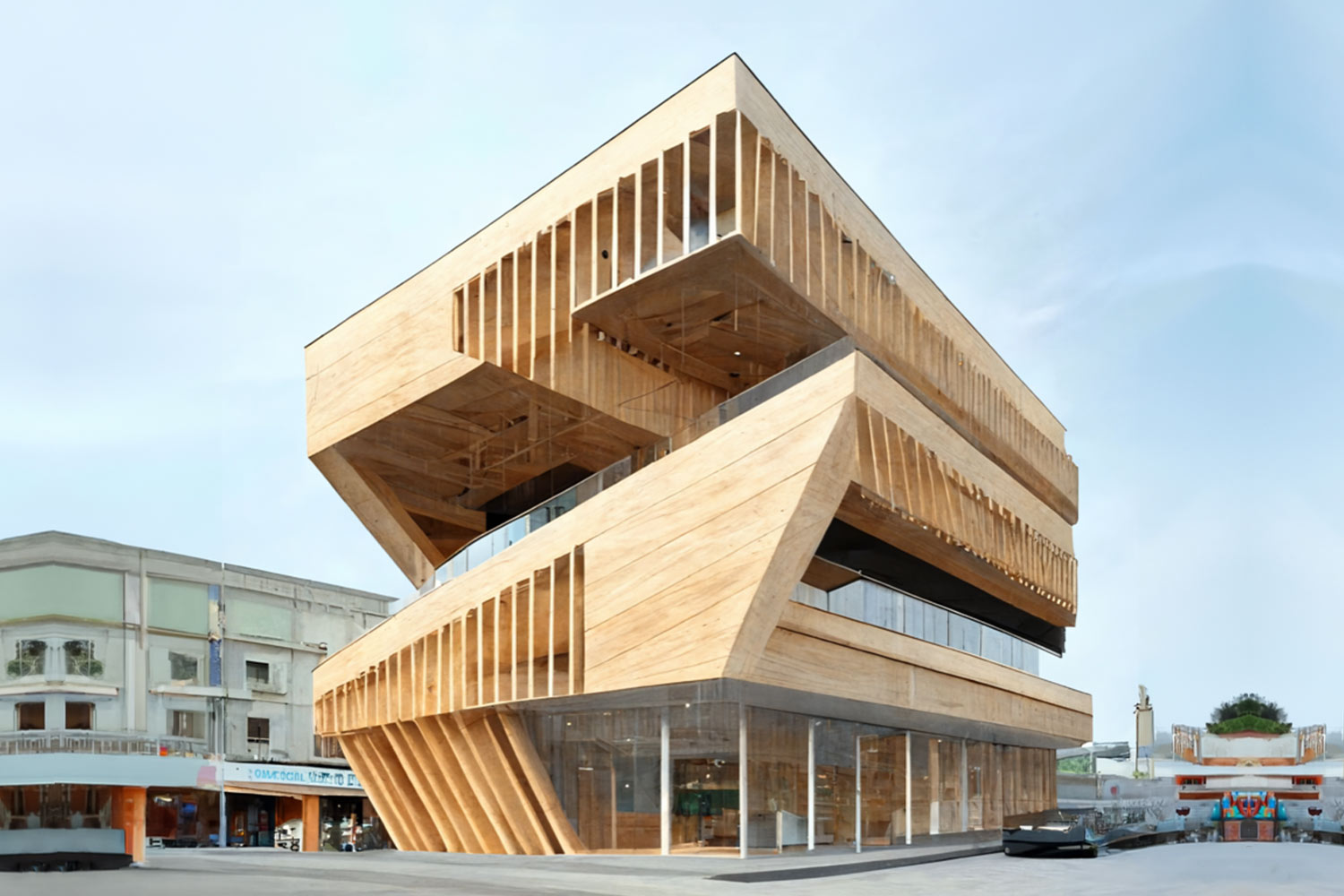
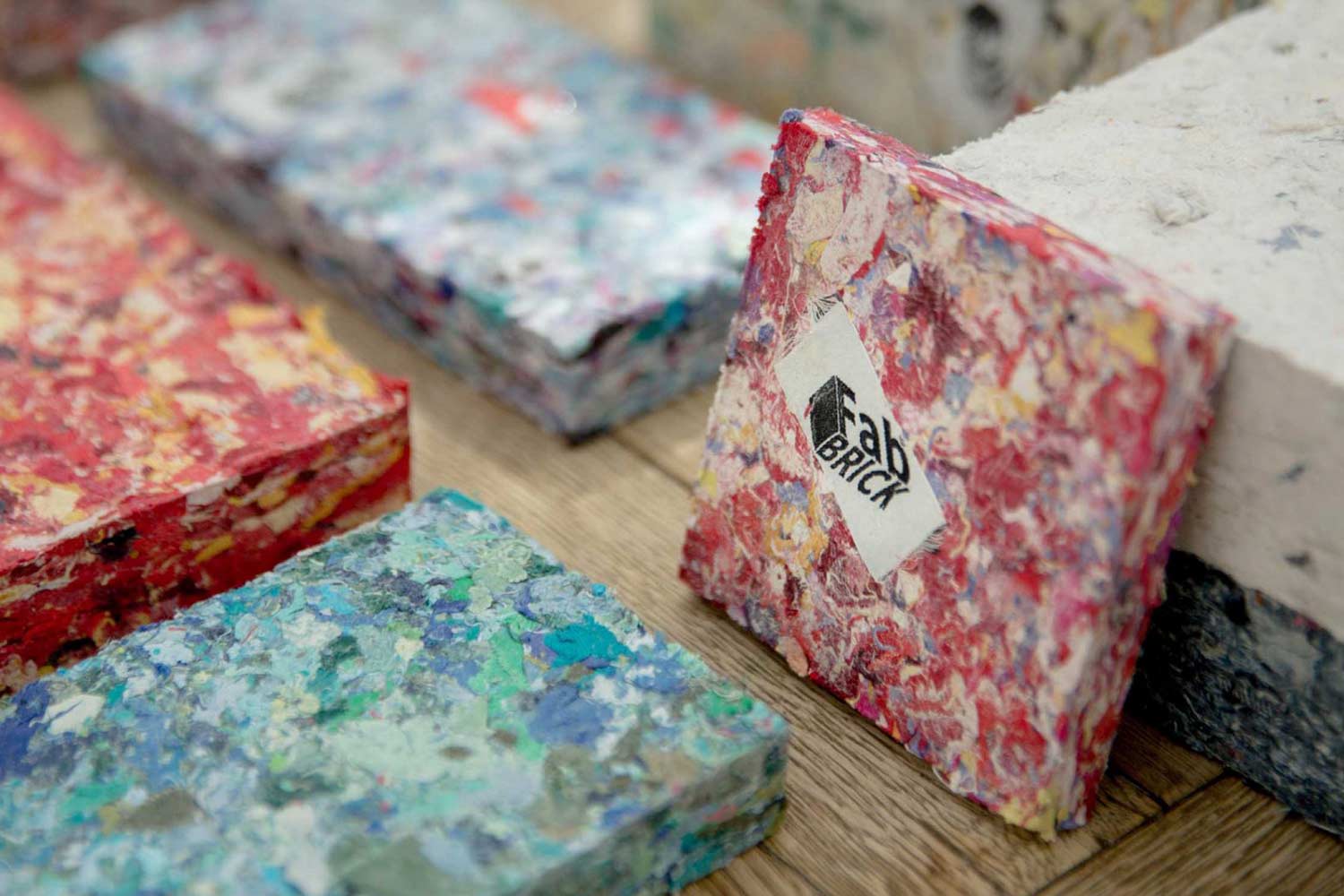








Leave a comment